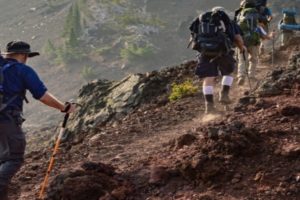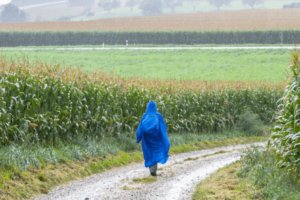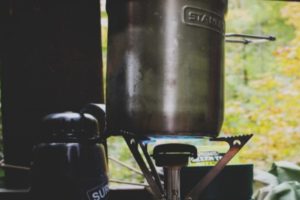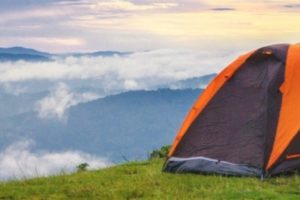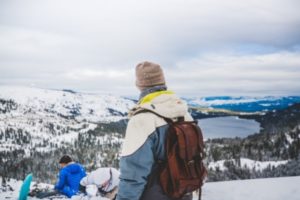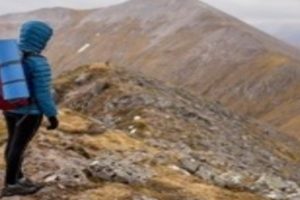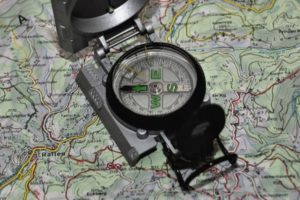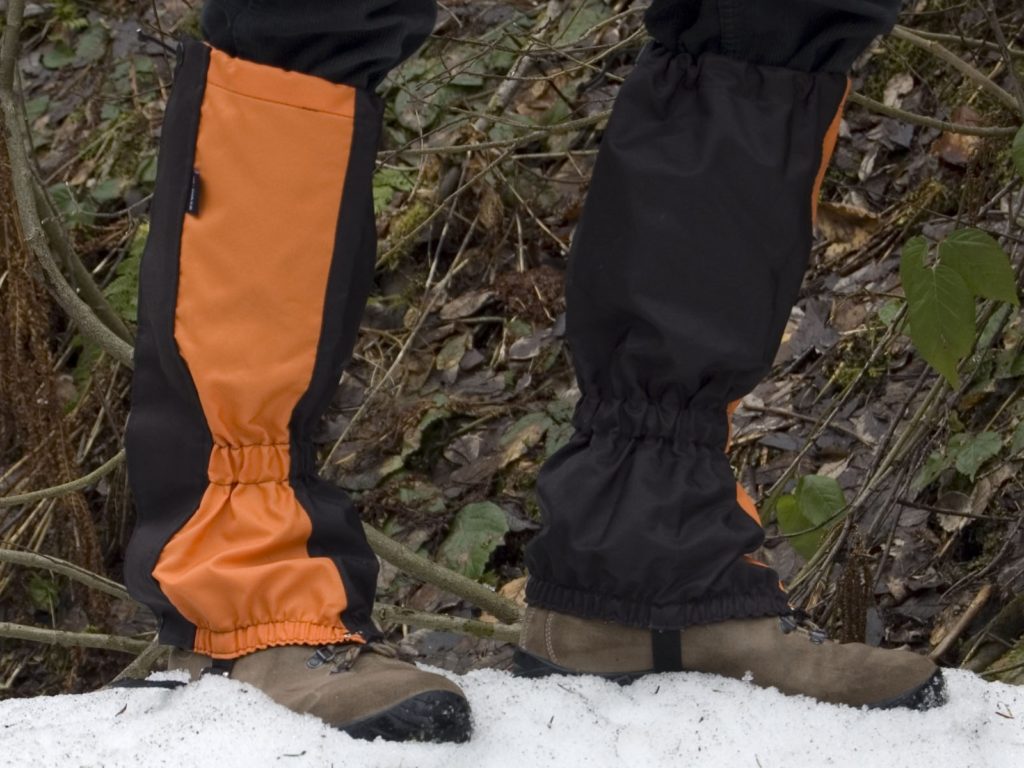
If you’re walking across the UK or anywhere where there is a chance that you could come in contact with water, you need to get yourself a pair of hiking-gaiters as they are a total life-saver when it comes to wet feet. Even if you don’t know what gaiters are, you’ve probably seen them somewhere on your travels.
Gaiters are the sleeve that hikers wear to cover and protect the lower legs and upper parts of their boots from splashes of mud, flying debris, hungry insects and above all water. Unlike boots and trousers, they are easy to clean, lightweight and relatively cheap.
In this guide, we’re looking at Gaiters. We’re looking at whether you need them, which is best for your chosen activity and what you should be looking for if you’re planning on buying a set of gaiters.
Pro’s Vs. Con’s
Personally, we’ve always worn a pair of gaiters if we’re walking in the countryside on anything but the driest of days. The thought of stepping into a bog that ends up being far deeper than previously thought and ending up with a wet foot is not even worth thinking about.
That said, for a lot of people, the thought of wearing gaiters fills them with fear. This is where the “should you wear gaiters” debate rumbles on. Some say, yes, others no, but we’re not here to make a decision, the choice is yours, but here are our thoughts.
Pro’s
- Your feet will stay dry if you end up stepping into water deeper than you expected
- They also offer protection against damaging more expensive hiking equipment such as your hiking boots.
- Even the most experienced walker will often knock their legs every now and again with their hiking poles. Gaiters offer protection against these scratches on your legs.
- Gaiters are easy to dry
Con’s
- They potentially stop your boots breathing which means any moisture build-up inside your boots will not escape through the top.
- They can be bulky and are an extra bit of equipment you need to bring with you, fit and keep fitted correctly and most importantly, don’t loose while you’re on the mountains.
Gaiters Types
Generally, there are two key types of gaiters that you need to know about – “Ankle Gaiters” and “Full-Length Gaiters”.
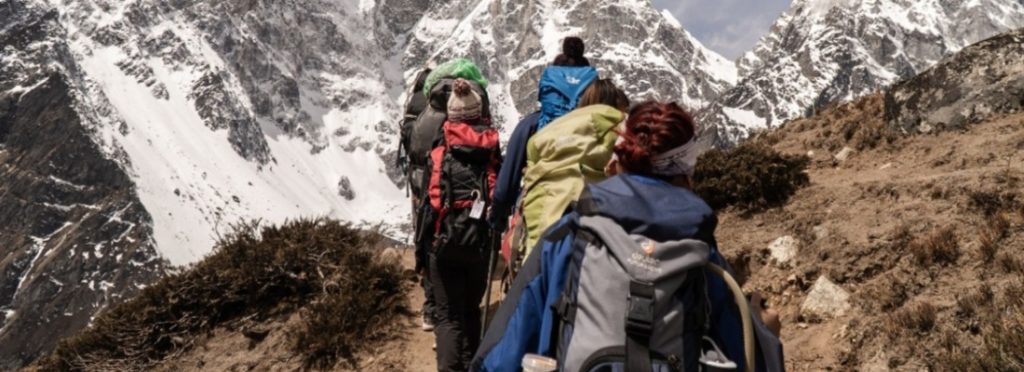
- Ankle Gaiters – These cover the ankle and top of the boot and mostly aim to stop small stones and other debris from getting into your shoe. This is particularly useful on mountainous terrain where not only will you be treading on lots of loose debris, but you won’t be able to stop to empty your boot of them.
- Full Height Gaiters – are designed for walks in wet weather or swampy terrain. Covering, the whole of the lower leg, they will protect your legs from getting wet, scratched and even bitten. A snake bite, for example, is unlikely to get through the material.
Key Gaiter Features
- Waterproofness – Make sure you buy gaiters that are fully waterproof. Before you buy, check their rating and look for a rating above 10,000mm. The highest waterproof rating is 20,000 mm, and the lowest is 1,500 mm.
- Insect Repellent Material – Look out for insect repellent material as a core feature. The problem is that it doesn’t last long and is a costly material. If you want to make your gaiters insect repellent, it’s very easy to spray insect-repellent over your gaiters before using them.
- Nylon Vs. Synthetic Material – Typically the more expensive gaiters are made from polyurethane-coated nylon, however its perfectly fine if they are made from synthetic material. What’s really important is the design.
- Lower Pad – Not a scientific term, but look out for gaiters that have a slightly thicker abrasion-resistant pad in the lower section of the gaiter. This is important as even the most experienced hikers, often stab themselves with their walking poles, which really hurts.
- Elasticated – Most gaiters are elasticated to provide you with a tighter fit. The best gaiters have a buckle fastening to allow you to tighten it as little and as much as you want.
- Stirrup – Probably the most important feature of a gaiter is a stirrup. The stirrup is either an elasticated or buckle strap that slides underneath the shoe to keep the gaiter in place. Without the stirrup a gaiter will slide up and the leg, providing very little protection for any of the leg and almost none of the boot.
- Price/Brand Names – We would not simply recommend that you buy the most expensive gaiter, but I would stay away from the cheap, imports. Honestly, they may work once or twice, but in the long run, you’re going to be rebuying gaiters very soon.
Tips

- Since gaiters are not only relatively inexpensive hiking equipment but incredibly useful and important, we suggest avoiding the cheap ones. Usually, they are fastened by Velcro, which in most conditions won’t last. The more expensive ones can also have Velcro, but only to protect their zip fastenings.
- Gaiters vary in size, and you should try them on before you buy them. They must fit around the calves since that is the one area that could cause you discomfort.
- If you have large legs, you should think about buying buckled straps rather than elasticated ones.
- While gaiters are designed to get dirty, they won’t last if you leave them wet and covered in mud. Buy items to clean them, such as a coarse sponge and a re-proofer to help maintain their waterproof layer. If you treat them with respect, gaiters can last for years.
- Gaiters are for protecting your legs against bites, water and debris. Don’t be fooled in buying any that offers you an extra layer of warmth. You should have the correct clothing for that.
